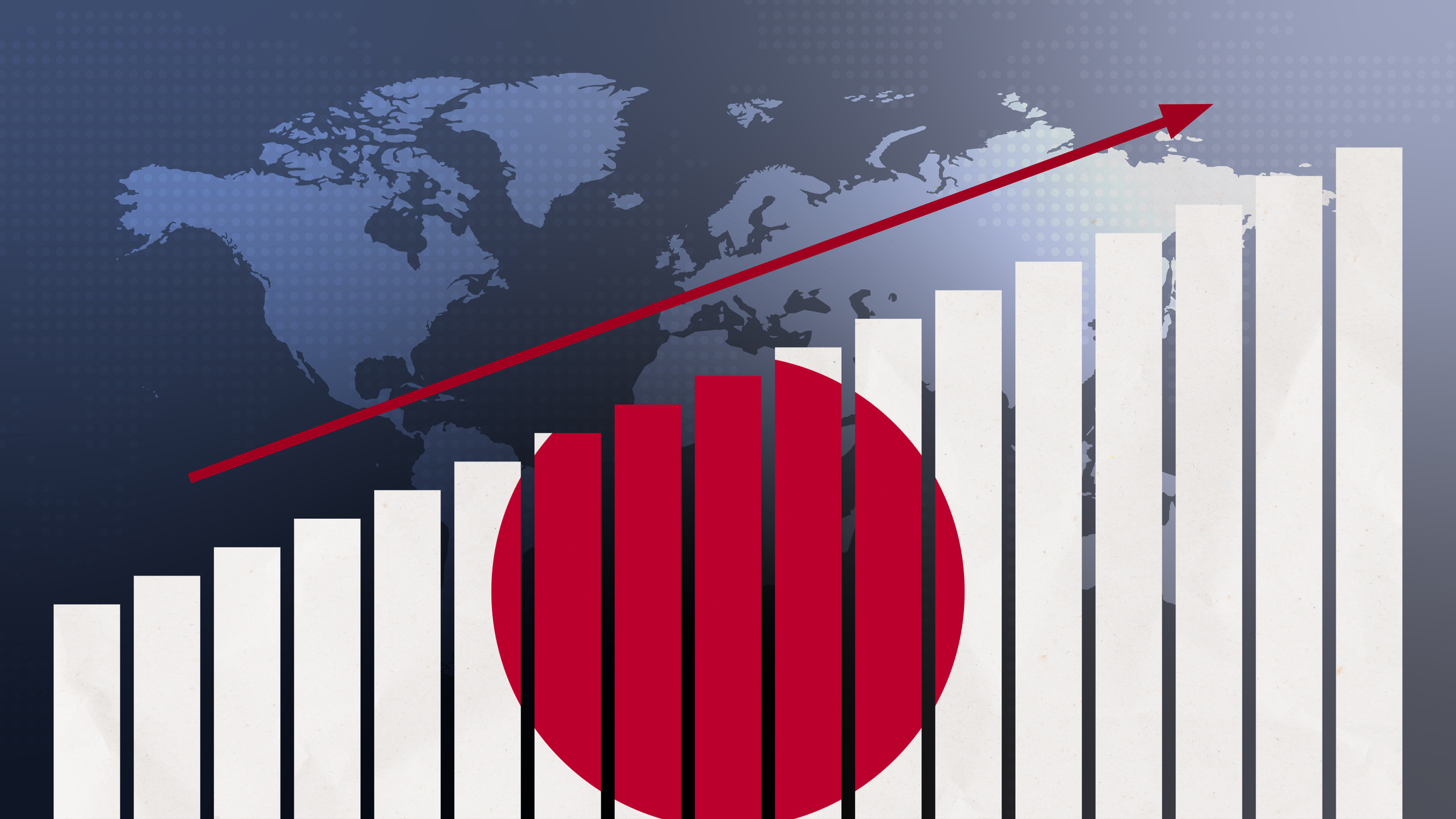Tips for Investing in TIPS
Treasury inflation-protection securities beat inflation and stock market volatility.
Folks gearing up for retirement or looking for a little extra income gravitate toward Treasuries because of their safety and dependable payout. Problem is, inflation eats away at the principal you lend to Uncle Sam -- and the bond's real return when you decide to cash it in.
That's where Treasury inflation-protection securities (TIPS) step in. Right now, inflation isn't a pressing factor. But economists and market watchers agree that as the economy shakes off its slump, consumer prices will resume their rise.
How TIPS work
Also known as inflation-indexed securities, TIPS stay on top of inflation because their value is adjusted upward in step with rising consumer prices.

Sign up for Kiplinger’s Free E-Newsletters
Profit and prosper with the best of expert advice on investing, taxes, retirement, personal finance and more - straight to your e-mail.
Profit and prosper with the best of expert advice - straight to your e-mail.
Say you bought an inflation-adjusted bond worth $1,000 and the consumer price index -- the benchmark for TIPS -- inched up a half-point (0.5%) over the next six months. The value of the bond would automatically rise $5, and the real purchasing power of the original $1,000 investment wouldn't change -- no matter what the inflation rate. Because the interest that's paid every six months is based on that ever-increasing principal, interest payments also rise proportionally.
If consumer prices fall, you're still safe. The government guarantees that your original investment will stay the same. In exchange for the safety net, though, inflation-indexed bonds pay a lower interest rate than Treasury securities of similar maturities that don't have the adjustment feature.
When TIPS pay off
Whether TIPS are worth it depends a lot on the economic landscape. The big factors are stock-market performance and how much inflation the bond market is pricing in, says Tony Crescenzi, chief bond market strategist for Miller, Tabak & Co. and author of The Strategic Bond Investor (McGraw-Hill, $29.95).
You can figure what the bond market's inflation expectation is by comparing the average maturity of a ten-year Treasury (recently 4%) with a ten-year TIPS (2.4%). The difference -- also known as the break-even point -- is 1.6%. As long as inflation exceeds 1.6% over the next ten years -- and that's a good bet -- TIPS investors will win.
Although Wall Street has been whispering worries about deflation in recent months, Crescenzi says it's an unlikely scenario. Central bankers all over the globe have learned a lot from the deflation that's plaguing Japan, and the U.S. has a particularly active Federal Reserve. If deflation were to become a concern, he says, the Fed would boost the money supply, which would push up prices (too many dollars chasing too few goods).
Crescenzi estimates that inflation will rise at a 2% to 3% clip over the next several years, mainly due to skyrocketing health-care costs -- which account for 14% of the economy. Energy costs are also running above the five-year average, he says, and the dollar is weakening while import prices creep upward. All those factors will boost prices in the long run.
Cautionary tips
Remember, though, that just because TIPS wipe out the number-one downside of bonds -- inflation -- these investments still carry risk. TIPS aren't as easy to trade on the open market as non-indexed Treasuries, which means you can miss out on opportunities to turn price swings into capital gains. It's more of a concern for institutional investors, who do more trading, but it's still worth noting.
Another caveat: If you buy TIPS directly from the Bureau of Public Debt you're liable for federal taxes on the inflation adjustment, even though it's not a cash payout. That's in addition to the tax you must pay on the interest income. (You don't pay state or local income tax on Treasuries.) For that reason, it's best to hold TIPS in a tax-deferred or nontaxable account, such as an IRA.
You can buy TIPS through a bond fund, not so much for the diversity -- TIPS are pretty safe - but to take advantage of the fund manager's ability to stagger maturities and trade for capital gains. Unless you own a fund in a tax-deferred account, you'll have to pay taxes on the inflation-based readjustment of principal as well as on interest payouts. But funds pay the adjustment of principal as income, so you won't have to wait until the bond matures to get it.
Four to consider are American Century Inflation Adjusted Bond (ACITX; 3-year annualized return, 10%), Fidelity Inflation-Protected Bond (FINPX; new fund's 3-month return, 3%), Pimco Real Return (PRTNX; 3-year annualized return, 11%) and Vanguard Inflation-Protected Securities (VIPSX, 1-year return, 9%).
Get Kiplinger Today newsletter — free
Profit and prosper with the best of Kiplinger's advice on investing, taxes, retirement, personal finance and much more. Delivered daily. Enter your email in the box and click Sign Me Up.
-
 Stock Market Today: Stocks Gain on Tech, Auto Tariff Talk
Stock Market Today: Stocks Gain on Tech, Auto Tariff TalkThe Trump administration said late Friday that it will temporarily halt tariffs on some Chinese tech imports.
By Karee Venema
-
 Sam's Club Plans Aggressive Expansion: Discover Its New Locations
Sam's Club Plans Aggressive Expansion: Discover Its New LocationsSam's Club expansion plans will open up to 15 new stores each year. Learn where they plan to open in 2025.
By Sean Jackson
-
 What DOGE is Doing Now
What DOGE is Doing NowThe Kiplinger Letter As Musk's DOGE pursues its ambitious agenda, uncertainty and legal challenges are mounting — causing frustration for Trump.
By Matthew Housiaux
-
 A Move Away From Free Trade
A Move Away From Free TradeThe Letter President Trump says long-term gain will be worth short-term pain, but the pain could be significant this year.
By David Payne
-
 Trump’s Whirlwind Month of Crypto Moves
Trump’s Whirlwind Month of Crypto MovesThe Kiplinger Letter The Trump administration wants to strengthen U.S. leadership in the cryptocurrency industry by providing regulatory clarity.
By Rodrigo Sermeño
-
 What Could Derail the Economy This Year?
What Could Derail the Economy This Year?The Letter While the outlook for the U.S. economy is mostly favorable, there are plenty of risks that bear watching.
By David Payne
-
 Three Ways President Trump Could Impact the Economy
Three Ways President Trump Could Impact the EconomyThe Letter Some of Trump's top priorities could boost economic growth, but others risk fueling inflation.
By David Payne
-
 Europe Faces Economic and Political Headwinds Next Year
Europe Faces Economic and Political Headwinds Next YearThe Letter Challenges for Europe: Potential tariffs, high energy prices and more competition from China will weigh on the bloc in 2025.
By Rodrigo Sermeño
-
 Don't Sleep on Japan's Economic Transformation
Don't Sleep on Japan's Economic TransformationThe Letter After almost three lost decades, Japan — one of the world's biggest economies — is finally showing signs of life.
By Rodrigo Sermeño
-
 Start-ups Trying to (Profitably) Solve the World’s Hardest Problems
Start-ups Trying to (Profitably) Solve the World’s Hardest ProblemsThe Letter More investors are interested in companies working on breakthrough science to tackle huge societal challenges. The field of deep tech has major tailwinds, too.
By John Miley